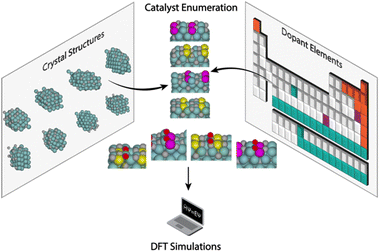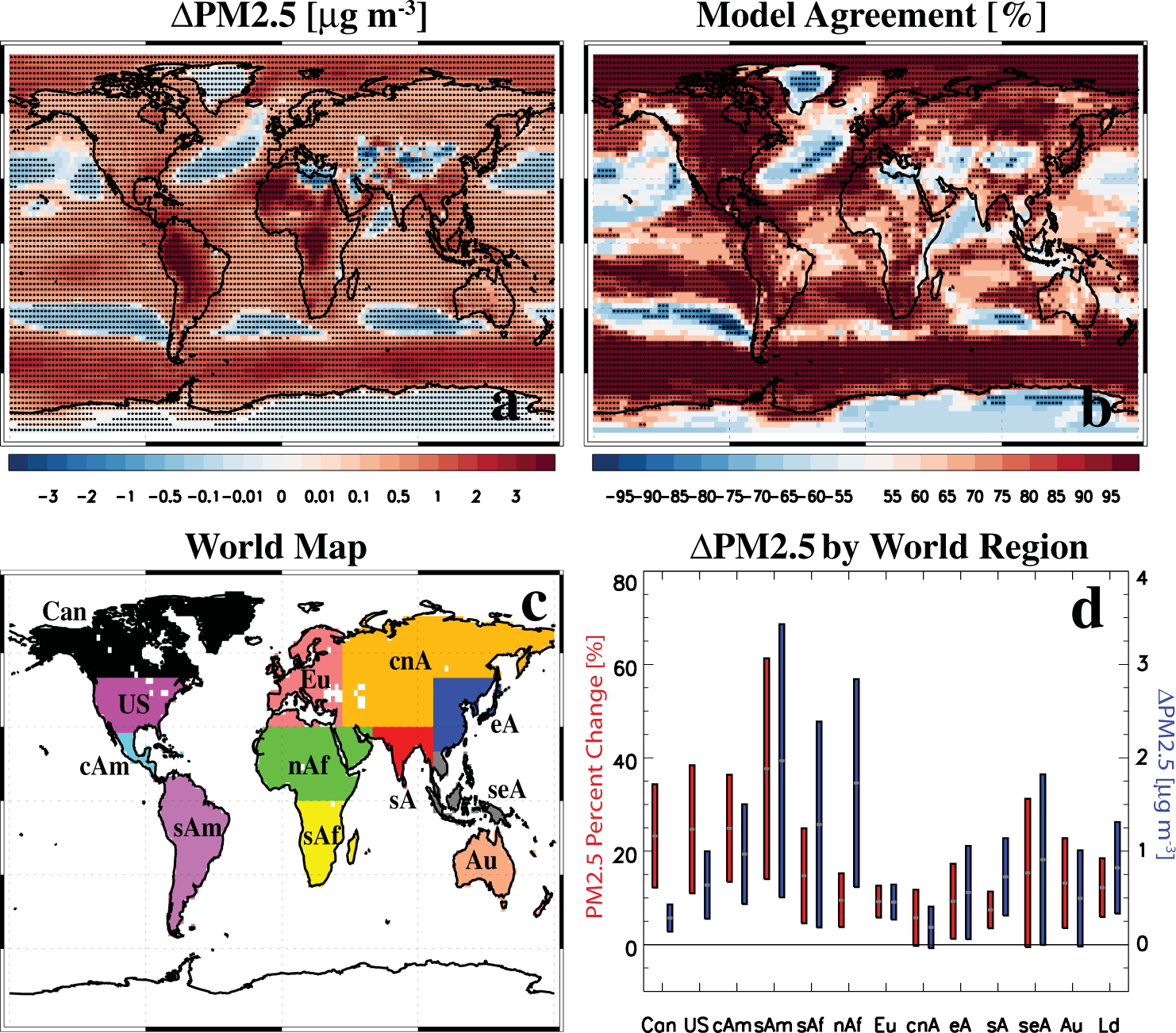2023-02-28 アルゴンヌ国立研究所(ANL)
研究チームは、アルゴンヌのスーパーコンピュータ「Theta」上で行ったシミュレーションにより、ドープした炭化モリブデンと酸素の結合エネルギーに関する2万件の構造データベースを作成した。
そして、このデータベースを用いて、数万個の構造の挙動をミリ秒単位で正確かつ安価に計算するディープラーニングモデルを学習させ、材料スクリーニングを大幅に向上させたという。
研究チームはこの結果をChemical Catalysis for Bioenergy Consortiumに送り、少数の触媒候補を評価する実験を依頼しました。
この研究成果は、英国王立化学会の学術誌「Digital Discovery」で報告されました。
<関連情報>
- https://www.anl.gov/article/machine-learning-model-speeds-up-assessing-catalysts-for-decarbonization-technology-from-months-to
- https://pubs.rsc.org/en/content/articlehtml/2023/dd/d2dd00088a
メッセージパッシングニューラルネットワークによる触媒スクリーニングに重要な記述子の評価の高速化 Accelerating the evaluation of crucial descriptors for catalyst screening via message passing neural network
Hieu A. Doan, Chenyang Li, Logan Ward, Mingxia Zhou, Larry A. Curtiss and Rajeev S. Assary
Royal Society of Chemistry Published:9th November 2022
DOI:https://doi.org/10.1039/D2DD00088A

Abstract
A priori catalyst design guidelines from first principles simulations and reliable data-driven models are essential for cost efficient catalyst discovery. Nonetheless, acquiring all properties that control catalytic activity and stability is computationally challenging due to the complex interactions among reactants, intermediates, and products at the active sites. Therefore, predictions of only the most relevant catalytic properties, or catalyst descriptors, are often used to guide new catalyst design. In the context of upgrading biomass materials via deoxygenation reaction to value-added chemicals, the molybdenum carbides (Mo2C) have been considered among the most active and economically viable catalysts. Unfortunately, one of the bottlenecks related to longer term stability of Mo2C catalysts is the susceptibility to surface oxidation, a common problem in heterogeneous catalysis, which requires the use of excess hydrogen for active site regeneration. By using surface dopants to tune the oxygen affinity (catalyst descriptor) of Mo2C surfaces, it is possible to design new doped Mo2C catalysts with desired reactivity and stability. Here, we first employed periodic density functional theory to perform 20![[thin space (1/6-em)]](https://www.rsc.org/images/entities/char_2009.gif) 000 high-throughput VASP simulations of oxygen binding energies (BEO) on various pristine and doped Mo2C surfaces. We computed and developed a binding energy database of 20
000 high-throughput VASP simulations of oxygen binding energies (BEO) on various pristine and doped Mo2C surfaces. We computed and developed a binding energy database of 20![[thin space (1/6-em)]](https://www.rsc.org/images/entities/char_2009.gif) 000 oxygen adsorption structures consisting of 7 low Miller-index surfaces, 23 d-block elements as single-atom dopants, all possible surface terminations, dopant locations, and adsorption sites. Utilizing this dataset, we developed a message passing neural network (MPNN) machine learning model for extremely fast BEO prediction using only unoptimized local adsorption geometries as inputs. The best model yields a mean absolute error of 0.176 eV for BEO with respect to computed values from DFT. Our results highlight the use of MPNN as an accurate and broadly applicable machine learning approach to accelerate descriptor-based catalyst discovery.
000 oxygen adsorption structures consisting of 7 low Miller-index surfaces, 23 d-block elements as single-atom dopants, all possible surface terminations, dopant locations, and adsorption sites. Utilizing this dataset, we developed a message passing neural network (MPNN) machine learning model for extremely fast BEO prediction using only unoptimized local adsorption geometries as inputs. The best model yields a mean absolute error of 0.176 eV for BEO with respect to computed values from DFT. Our results highlight the use of MPNN as an accurate and broadly applicable machine learning approach to accelerate descriptor-based catalyst discovery.



